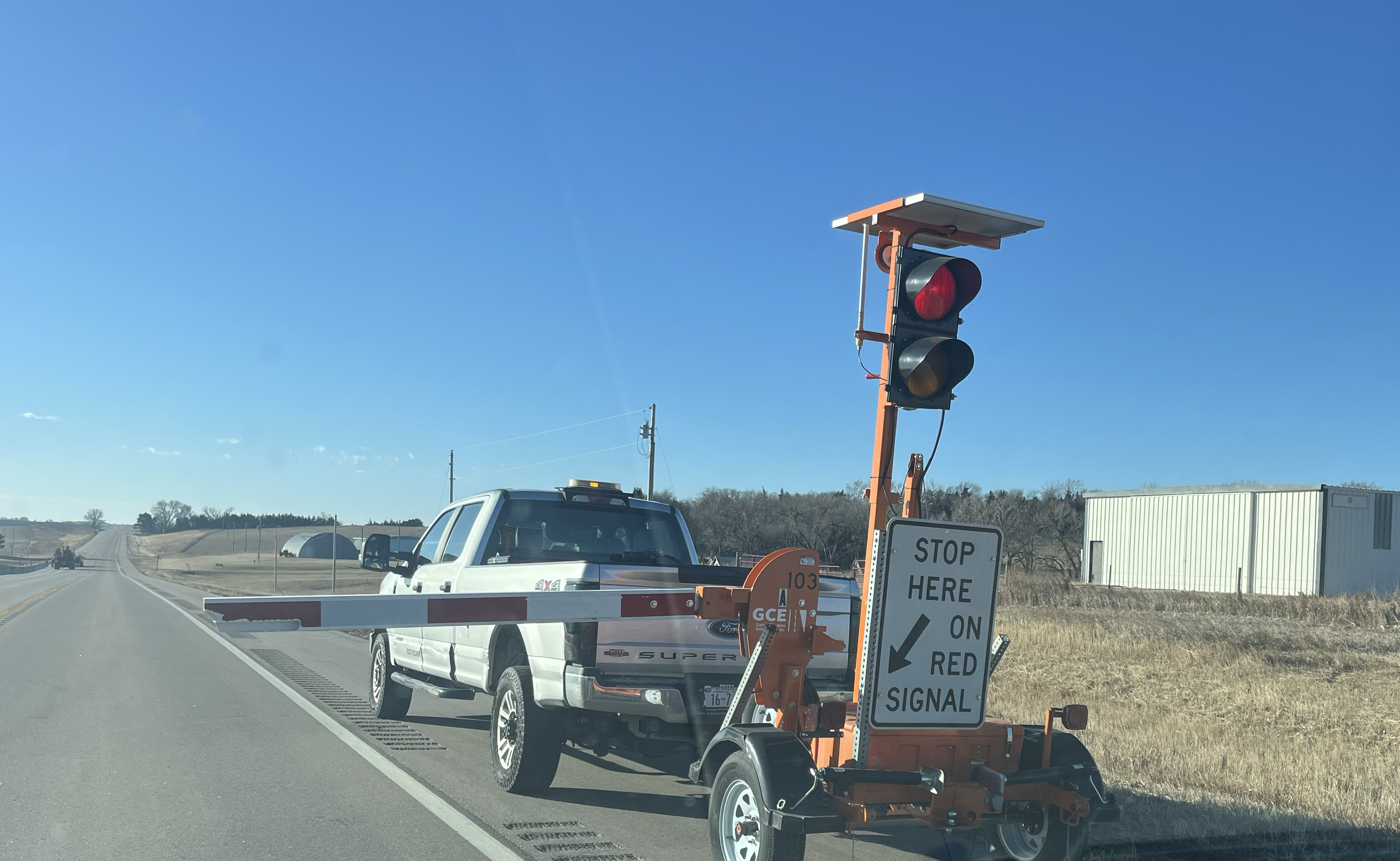
This is the time of year that planning is being done for new construction projects. It is also the time of year that the weather can change quickly and drastically. Either of those situations may require temporary traffic control. A Temporary Traffic Control (TTC) zone is required any time the normal flow of traffic, on a publicly accessible road, is suspended. Locations where barricades and warning signs cannot control the moving traffic, the use of flaggers is required. In these situations, flaggers are placed in relation to the equipment or operation so they can give effective warning.
The 11th edition of the Manual on Uniform Traffic Control Devices (MUTCD) 2023 (Page 765) states it shall be an essential part of highway construction, utility work, maintenance operations and management of traffic incidents, to control all road users. Traffic control flaggers ensure the safety of workers, drivers and pedestrians by maintaining a flow of traffic through and around a work zone.
Various sections in the 11th edition of the 2023 MUTCD indicate when flaggers shall be used. When dealing with the grade crossings, lane closures on minor streets, and traffic incident management (TIM). For grade crossings flaggers are used so traffic does not interfere with the use of the tracks. For minor streets on lane closures, flaggers are used when traffic cannot self-regulate. During TIM flaggers, and often law enforcement, are required to manage traffic.
The MUTCD also states, if flaggers are used, they will comply with Section 6D.01 for flagger qualifications, and Section 6D.05 for flagger procedures. Nebraska statute 60-6,118 adopts the MUTCD as the rules and regulations of a uniform system of traffic control devices. The 11th edition of MUTCD is scheduled for adoption by December 2025.
The Nebraska Department of Transportation 2023 Construction Manual states that flaggers must be certified for NDOT projects. Tort liability prevention relies on crews being trained to the best of an entity’s ability to protect the public and its workers from accidents in work zones or traffic incidents. The MUTCD make recommendations as to which situations “should” have flaggers or “shall” have flaggers. Correct procedures, on any traffic situation, is the best practice, along with the use of trained and certified employees. You may also notice that state route flagging operations employ the use of Automated Flagger Devices beginning statewide in 2025.
In preparation for the upcoming construction season or inclement weather, Flagger Certification and Temporary Traffic Control (TTC) procedures are worthwhile trainings. Make these trainings part of all of your traffic control plans. NE LTAP offers Basic and Advanced Temporary Traffic Control and NDOT Flagger Certification. Contact Megan (mpatentnygren2@unl.edu) to see if you can participate in an existing training or schedule a training.